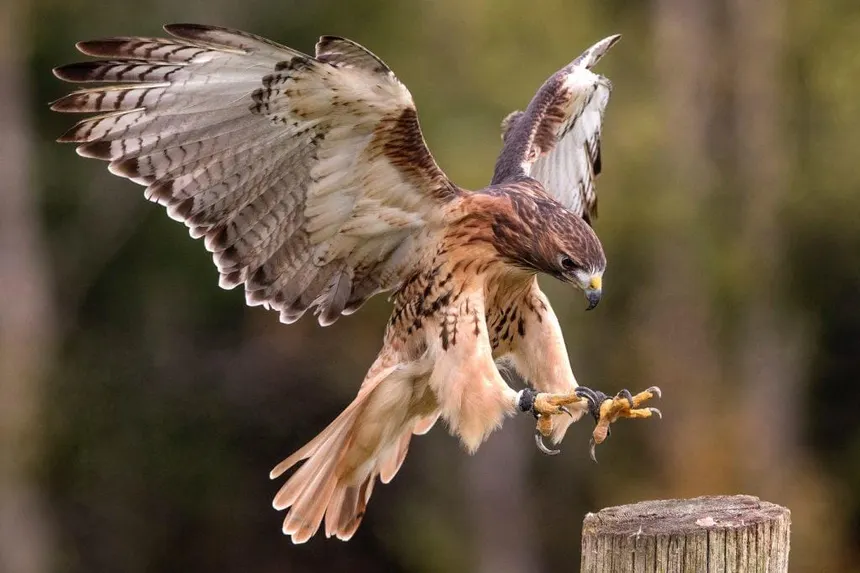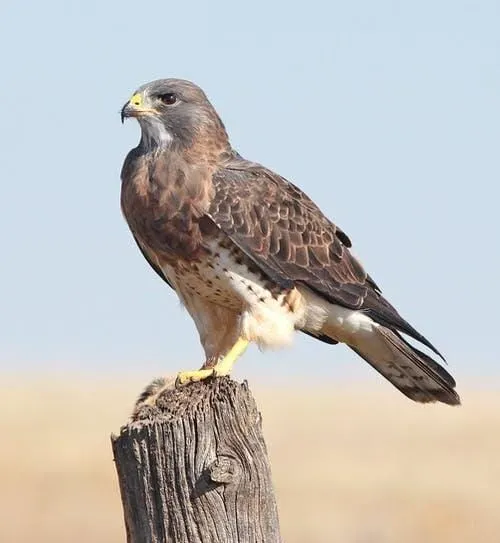What Do Hawks Eat in the Wild?

Hawks are among the most skilled aerial predators in the animal kingdom. Found across the globe in forests, grasslands, deserts, and urban environments, these raptors are admired for their sharp vision, powerful talons, and swift hunting techniques. But what exactly do hawks eat in the wild? This article explores the complete diet of hawks, including variations by species, habitat, and season.
1. Hawks Are Strict Carnivores
Hawks are obligate carnivores, meaning their diet is exclusively made up of meat. Unlike omnivorous birds, hawks rely entirely on hunting live prey or scavenging small animals.
2. Small Mammals Make Up the Bulk of Their Diet
The most common food sources for hawks include:
- Rodents: Mice, rats, voles, and squirrels
- Rabbits and hares
- Shrews and moles
These mammals are abundant in many habitats and provide a high-protein diet crucial for hawks’ survival.
3. Birds Are Also on the Menu
Many hawk species prey on smaller birds, especially:
- Songbirds like sparrows and finches
- Pigeons and doves
- Young or injured birds of other species
Some hawks, like the Cooper’s Hawk and Sharp-shinned Hawk, are bird specialists and are often found near bird feeders or nesting colonies.

4. Reptiles, Amphibians, and Fish
Depending on region and species, hawks may also eat:
- Lizards, snakes, and frogs
- Occasionally turtles (especially hatchlings)
- Some species, like the Harris’s Hawk, are known to catch small fish if near water sources
5. Insects and Invertebrates
Smaller hawks or juveniles may rely on:
- Grasshoppers
- Crickets
- Beetles
- Large spiders
These are especially important for young hawks still learning to hunt or in environments where mammals are scarce.
6. Carrion as a Backup Meal
Although hawks prefer live prey, they won’t always pass up an easy meal. In lean times or harsh conditions, hawks may:
- Scavenge roadkill
- Feed on dead birds or abandoned kills
This is more common in winter or during injury/illness when hunting is harder.
7. Specialized Diets by Species
Different hawk species have distinct dietary preferences:
- Red-tailed Hawk: Opportunistic, eats rodents, birds, snakes
- Cooper’s Hawk: Specializes in birds
- Ferruginous Hawk: Primarily preys on prairie dogs and ground squirrels
- Northern Harrier: Hunts small mammals and birds over open grasslands
8. Feeding Habits and Hunting Styles
- Hawks use their incredible eyesight to spot prey from great distances.
- They dive at high speeds to strike and seize prey with sharp talons.
- Some, like Harris’s Hawks, hunt cooperatively in groups, a rare trait among raptors.
9. Seasonal Diet Shifts
Food availability changes by season:
- Spring/Summer: Abundance of insects, birds, and small mammals
- Fall/Winter: Increased scavenging, reliance on rodents and cold-tolerant prey
- Migration may also shift hunting zones and prey variety
10. What Do Hawk Chicks Eat?
Adult hawks bring food to their young in the nest, often:
- Torn pieces of rodents or birds
- Regurgitated meat (in smaller species)
- Live prey disabled to help chicks practice hunting skills

Conclusion
In the wild, hawks eat a wide variety of prey depending on their species, location, and available food sources. From mice and birds to reptiles and insects, their versatile diet makes them highly effective predators in nearly every ecosystem. Their ability to adapt their diet ensures their survival and plays a vital role in controlling prey populations across the globe.



